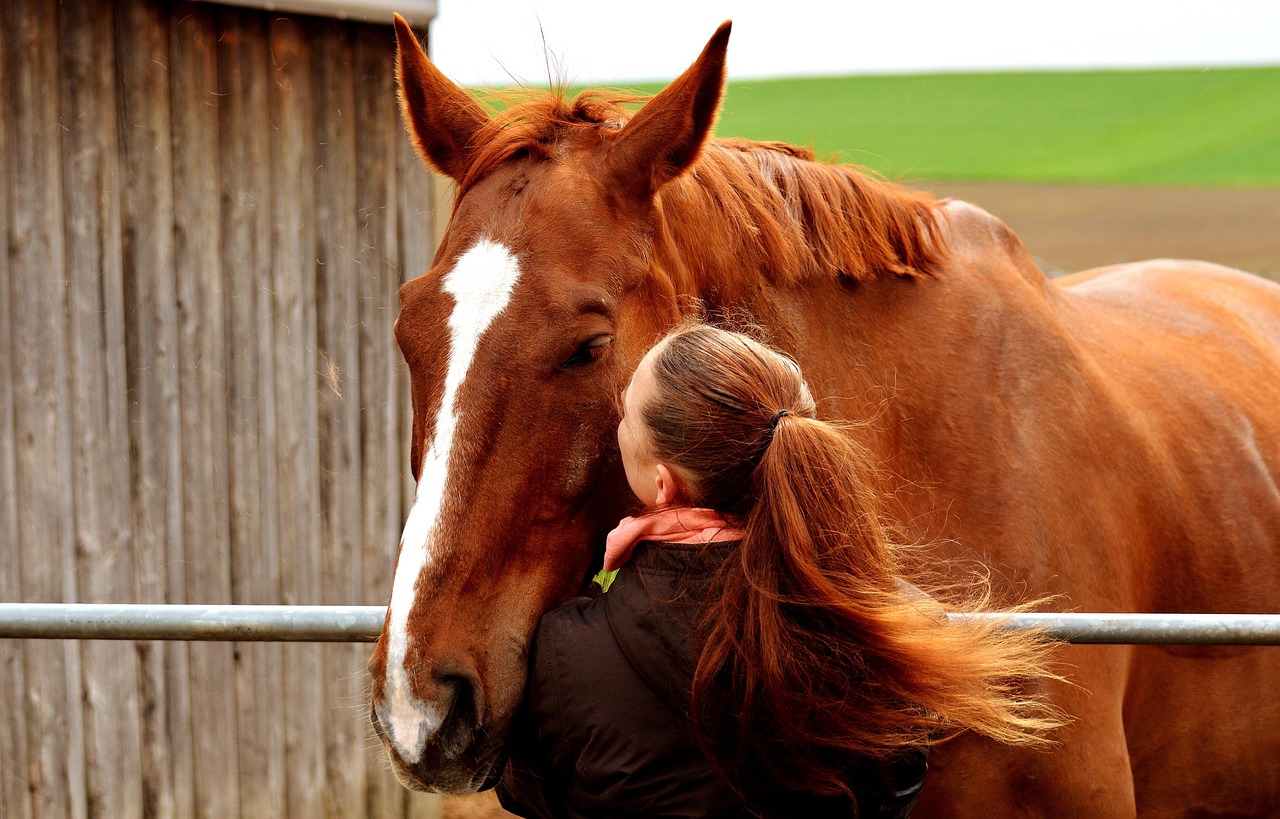Selecting the right horse bit can feel like an overwhelming decision. With an array of styles, materials, and functions available, it’s easy to get lost in the details. However, the bit is far more than just a piece of tack—it’s a critical communication tool between you and your horse. The wrong bit can lead to discomfort, stress, or even behavioral issues, while the right one can enhance clarity and partnership.
This blog will guide you through the essentials of choosing the right bit for your horse, from understanding different types to factoring in your horse’s unique needs. Whether you’re a beginner rider or a seasoned equestrian, this practical guide will clarify what can often feel like a daunting choice.
What is a Horse Bit, and Why is It Important?
A horse bit is part of the bridle, positioned in the horse’s mouth to assist in communication between the horse and rider. By applying pressure to specific areas of the mouth, a bit helps convey cues around direction, speed, and transitions.
At its core, the bit’s role is not about control—it’s about partnership. A well-fitted, appropriate bit ensures effective communication without causing pain or confusion to your horse.
Understanding Different Types of Horse Bits
Before choosing a bit, it’s essential to understand the basic categories. There are two primary types of bits:
1. Snaffle Bits
Snaffle bits are usually the starting point for many riders and horses. They are simple, direct-action bits with no leverage. This means that when you apply pressure to the reins, it directly translates to pressure on the horse’s lips, tongue, and bars (the gap in a horse’s lower jaw without teeth).
- Common Examples of Snaffle Bits:
- Eggbutt Snaffle: Known for reducing pinching by the bit rings, making it a comfortable choice for many horses.
- Loose Ring Snaffle: Offers increased mobility and movement for the horse but may pinch if not fitted properly.
- D-Ring Snaffle: Provides more stability compared to a loose ring, ideal for beginner riders.
2. Curb Bits
Curb bits, by contrast, are leverage bits. When you pull on the reins, the bit rotates and causes a chain or strap under the horse’s chin to apply additional pressure. This allows for more nuanced communication but requires a skilled rider with steady hands to avoid excessive force.
- Common Examples of Curb Bits:
- Pelham Bit: Combines elements of both snaffle and curb bits, offering versatility and control.
- Western Curb Bit: Often used in Western riding for neck reining and precise cueing.
- Kimberwick: A hybrid bit with mild curb action often favored in English disciplines like show jumping.
Combination Bits
Some bits, like the gag bit, combine features of both snaffle and curb, offering unique forms of pressure and communication.
Understanding these categories not only helps you narrow your options but also sets the stage for considering more specific factors, like size, material, and fit.
How to Choose the Right Bit for Your Horse
Choosing the right bit is as much about your horse as it is about your riding needs. Here’s how to ensure a well-informed decision:
1. Assess Your Horse’s Anatomy
Each horse’s mouth is unique. Checking your horse’s anatomy will inform what bit styles and sizes are most suitable. Keep the following in mind:
-
- Tongue Size: Horses with thick or large tongues may do better with bits offering tongue relief, such as a ported bit.
- Mouth Width: The width of your horse’s mouth determines the bit size. You can measure it by placing a wooden dowel or string in their mouth and marking it.
- Sensitivity: Some horses have sensitive bars or mouths and will respond better to softer, less invasive bits.
2. Understand Your Horse’s Skill Level
Does your horse respond well to light cues, or are they still learning? For inexperienced horses, a simple snaffle bit is often the best choice. Advanced horses, particularly in disciplines like dressage or reining, might require bits that allow for more nuanced communication.
3. Consider Your Riding Discipline
Different disciplines often favor specific bit styles based on unique demands:
-
- English Riding: Often uses snaffles or double bridle setups.
- Western Riding: Commonly incorporates curb bits for neck reining.
- Trail Riding: Comfort and simplicity are key, making options like eggbutt snaffles a good choice.
4. Choose the Right Material
Bits come in various materials, and the choice can impact your horse’s comfort and response:
-
- Stainless Steel: Durable and neutral-tasting.
- Copper or Sweet Iron: Promotes salivation and softness.
- Rubber or Plastic: Gentler on sensitive mouths but may not be as durable.
5. Ensure the Proper Fit
A poorly fitting bit can cause discomfort or even injury. Here’s how to check for proper fit:
-
- The bit should sit so that there’s a slight wrinkle at the corners of the horse’s mouth.
- Ensure the bit is the correct width—a bit that’s too wide may slide around, while one that’s too narrow pinches the horse’s lips.
6. Test and Observe
Ultimately, the best way to find the right bit is trial and error. Use the bit during a few rides and pay close attention to your horse’s behavior. Are they tossing their head or avoiding the contact? It may indicate discomfort or confusion, suggesting the bit isn’t the best match.
Common Mistakes to Avoid
When choosing a horse bit, it’s just as important to know what not to do. Here are some common errors that can lead to frustration or discomfort:
- Using an Ill-Fitted Bit: A poorly fitting bit will be uncomfortable at best and harmful at worst.
- Opting for Harsh Bits Too Early: Riders sometimes seek control through harsher bits, but this can damage trust and communication.
- Neglecting Regular Maintenance: Remember to clean and inspect your bit regularly for wear or sharp edges.
Building a Partnership through the Right Bit
Choosing the right bit is not just about function; it’s about building a bond with your horse. The right bit allows your horse to move with comfort and confidence while responding to your cues with clarity.
As you decide on the perfect bit, remember that patience is key. Every horse is different, and finding the right fit may require experimentation.
Begin Your Bit Journey
Is your horse happy with their bit? If you’re just starting or facing challenges, consult a professional trainer or equine dentist for tailored guidance. They can provide valuable insight into your horse’s anatomy and preferences.
Still feeling uncertain? Explore our collection of expertly curated horse bits, complete with detailed descriptions and recommendations based on riding discipline and horse behavior.
Choosing the right bit is a step towards a stronger, more trusting partnership with your horse. Take that step today and enjoy a more rewarding riding experience!



